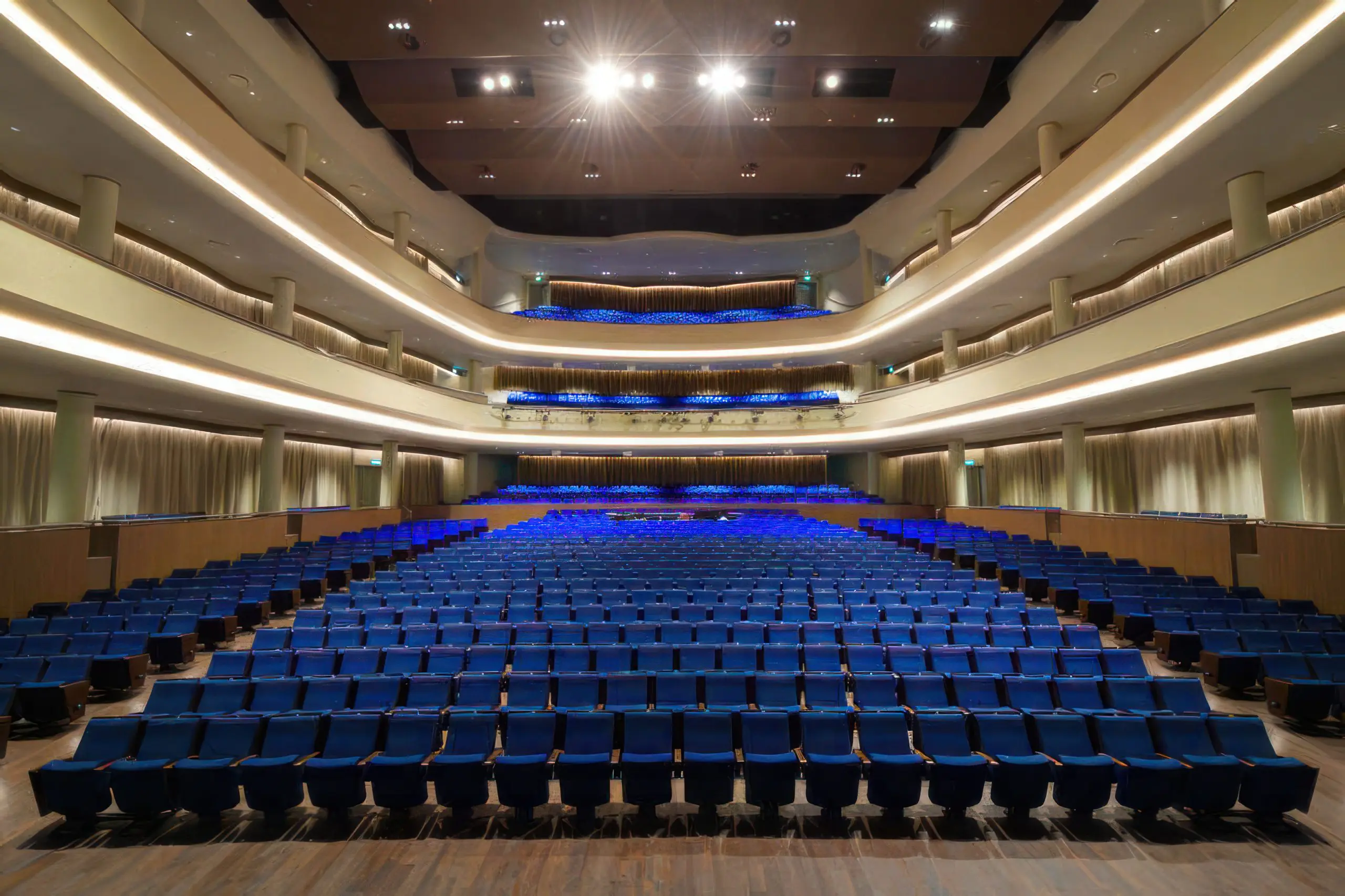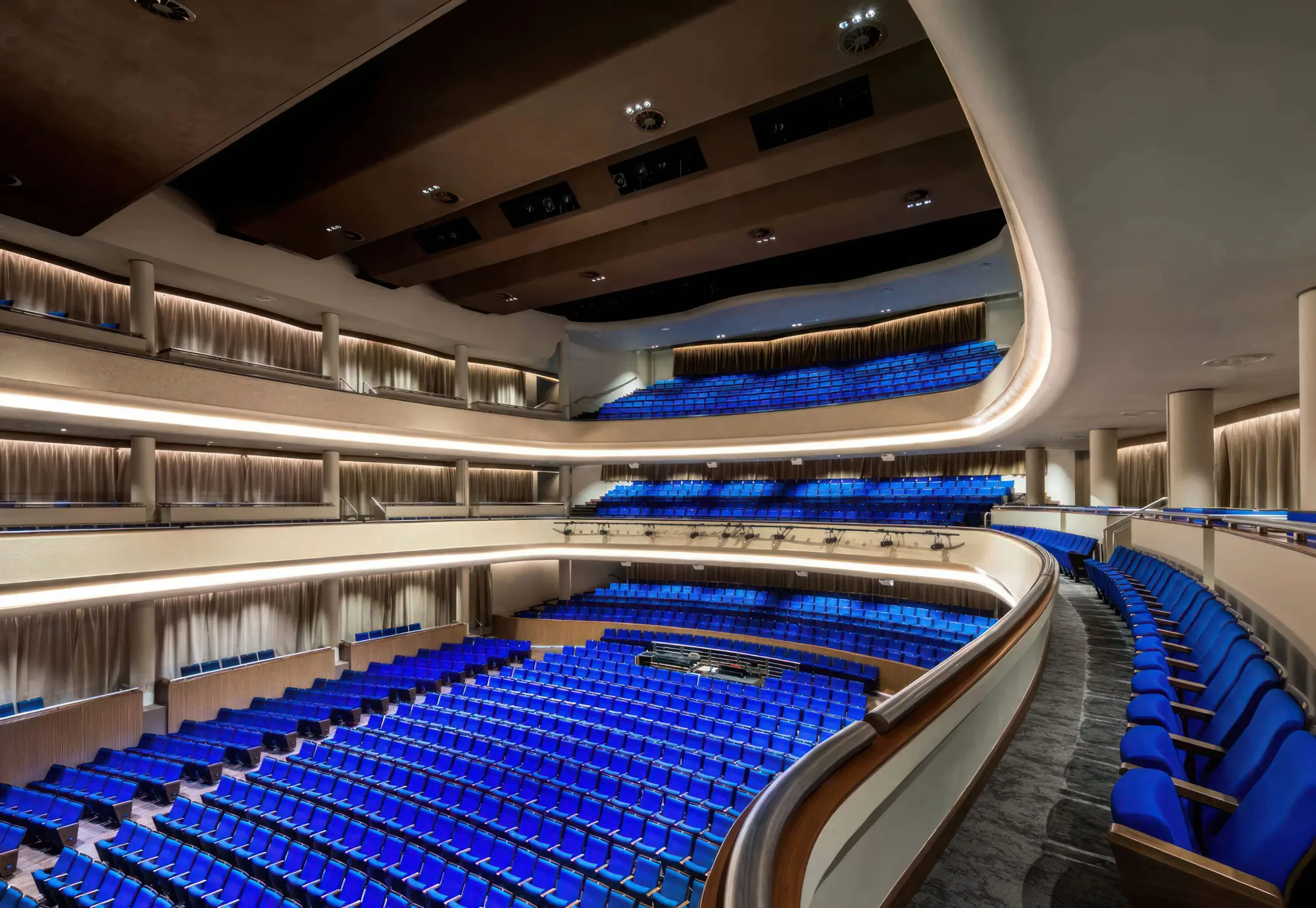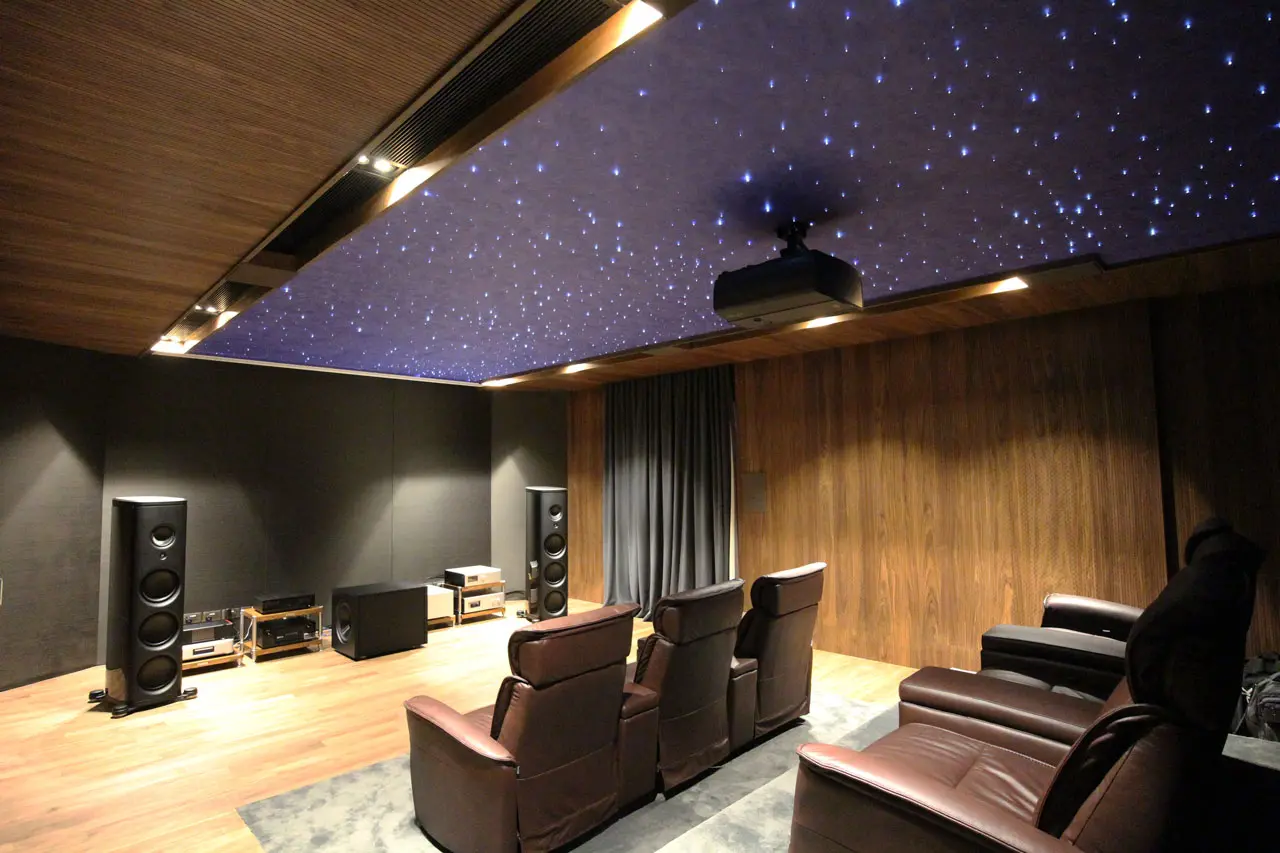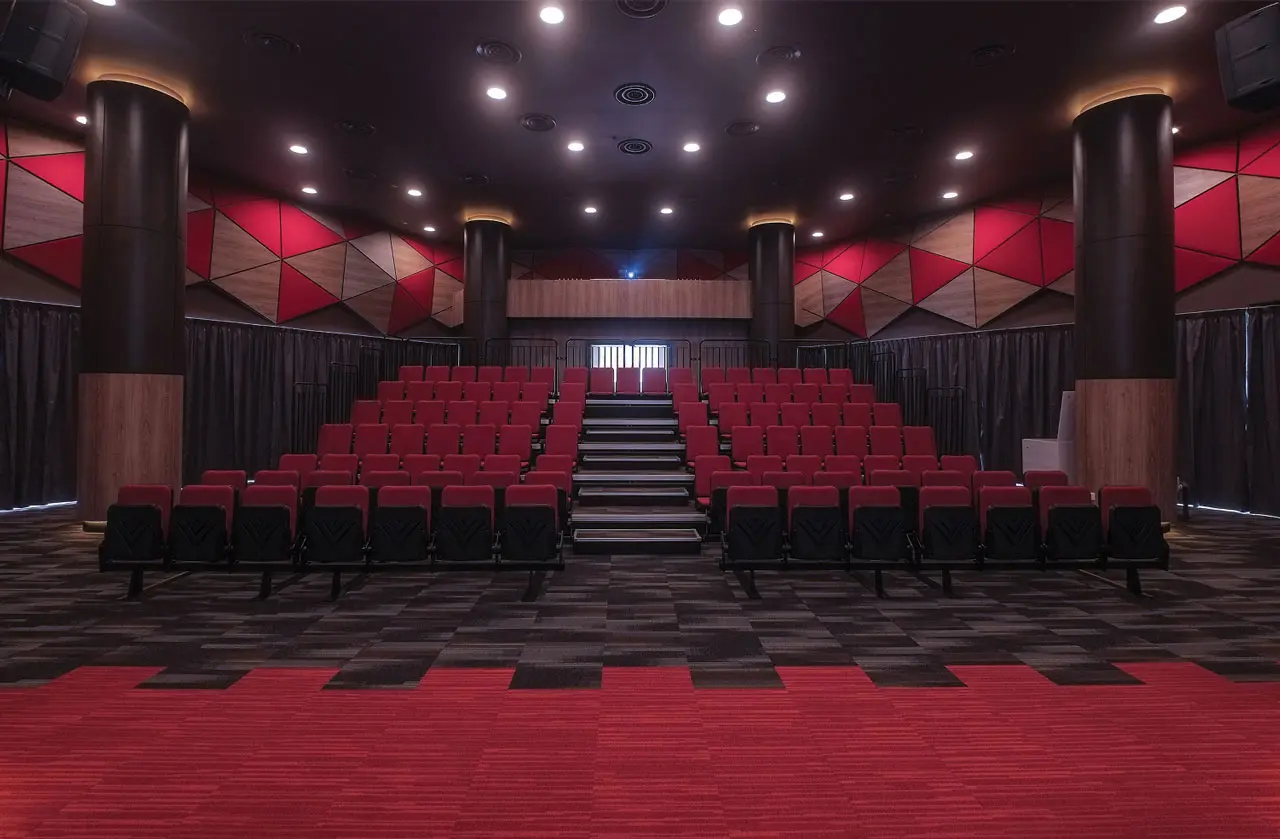
The year 2025 is shaping up to be transformative for artificial intelligence (AI) in the business world. From automation to advanced AI models, companies are leveraging innovative technologies to enhance efficiency, decision-making, and customer engagement. Let’s thus explore three key trends in AI that are transforming how businesses operate and maintain their competitive edge in a rapidly evolving marketplace.

The Top 3 AI Trends for Businesses in 2025
1. Advanced Workflow Automation
Workflow automation continues to be a game-changer in 2025, with businesses adopting AI-powered tools to streamline operations and with intelligent tools and no-code AI platforms making automation accessible to organizations of all sizes and experience levels. Companies are, in particular, leveraging AI automation tools to handle repetitive tasks such as data entry, customer support, and inventory management. This frees up time for employees to focus on strategic priorities. These tools are increasingly equipped with machine learning (ML) capabilities, allowing them to adapt and improve over time.
Additionally, workflow automation enables seamless integration across departments, ensuring that processes run smoothly and reducing bottlenecks in operations. With the rise of business automation software and advanced ML tools, businesses are not only achieving greater efficiency but also uncovering new growth opportunities.

2. The Rise of Large Language Models (LLMs)
Large language models (LLMs) like GPT are becoming integral to business strategies in 2025. These AI models enable businesses to analyze vast amounts of data, enhance customer interactions, and generate content efficiently. Online LLM platforms and free LLM models are empowering companies to implement AI-driven solutions without significant technical expertise; from improving customer support through chatbots to crafting personalized marketing messages, LLM applications are reshaping industries.
Beyond communication, LLMs are being used in strategic decision-making, where they help analyze trends, forecast market changes, and recommend actionable insights. The ability of LLMs to process and interpret unstructured data, such as customer feedback and market research reports, is proving invaluable for businesses seeking to stay ahead of the competition.
3. Expanding Applications of Computer Vision
Computer vision, a field of AI that enables machines to interpret visual data, is gaining momentum in 2025 as businesses are using its applications for tasks like quality control, inventory tracking, and enhanced security measures. OpenCV and other model builders are providing accessible tools for businesses to deploy computer vision models tailored to their needs. For example, in manufacturing, computer vision is helping to detect product defects in real-time, reducing waste and ensuring consistent quality. In retail, it is revolutionizing inventory management by enabling automated stock checks and improving shelf organization.
Moreover, enhanced security systems powered by computer vision are protecting assets and ensuring compliance with safety regulations. By integrating computer vision projects into their workflows, companies can optimize operations, reduce costs, and deliver superior customer experiences.


Conclusion: AI as the Catalyst for Business Growth
Artificial intelligence is no longer a luxury but a necessity for businesses aiming to stay competitive. From workflow automation to large language models and computer vision applications, AI trends in 2025 are driving innovation and efficiency. By embracing these technologies, businesses can unlock new opportunities and ensure long-term success in an increasingly AI-driven world.
References
- LeewayHertz. (n.d.). AI for workflow automation: Use cases, applications, benefits and development.
- V7 Labs. (2024, December 4). How AI Workflows & LLMs Can Automate Business Processes.
- Tiliter. (2024, November 20). The Future is Visual: How Computer Vision and Generative AI Are Driving Industry Innovation.
Share


Acoustics shapes the audience experience in any theater setting, from live performances to cinema screenings. The way sound travels, reflects, and is absorbed within a space dramatically impacts the clarity of dialogue, the richness of music, and the overall impact of sound effects. As such, when building or renovating a theater, whether it’s for showcasing movies or live performances, it’s crucial to be aware of the elements that optimize the acoustic environment. This allows you to create a space where every member of the audience enjoys an immersive and captivating auditory experience.
What is Theater Acoustics and Why is it Important?
Theater acoustics involve the precise control and optimization of sound within a theater or cinema, creating an immersive audio environment where clarity and balance reign supreme.
Well-designed acoustics allow for crisp dialogue, rich musical tones, and impactful sound effects, ensuring that every audience member, regardless of seating location, can fully experience the performance. Poor acoustics, however, can lead to distorted, muffled, or uneven sound quality, which disrupts the audience’s engagement and diminishes the overall experience.
To help theaters achieve optimal sound quality, Timberix provides advanced acoustic solutions specifically crafted for performance and other sound-sensitive venues. Our products, including perforated and grooved acoustic timber panels, combine high functionality with aesthetic appeal. This approach enables theaters to enhance both sound quality and visual design, achieving a seamless blend of form and function that elevates the audience experience.

Understanding Sound in Theaters
The design of theater acoustics is based on understanding how sound behaves in enclosed spaces. Some key factors that affect the auditory experience within a space include:
1. Reflections and Reverberation
When sound waves hit surfaces in a theater, they reflect back into the space. This reflection can create reverberation, which gives the sound its spatial quality but can also lead to echoes that make it difficult to discern clear audio. Balancing reverberation is crucial, as too much can cause a muddled sound, while too little can make the theater feel acoustically “dry.” As such, finding the right acoustic panels is important to control reflections and reduce unwanted reverberation.
Timberix’s acoustic timber panels are designed to control echoes by capturing sound within their grooved and perforated surfaces. As sound waves pass through these perforations, they are further absorbed by an acoustic substrate, which reduces reverberation and ensures a more balanced, clear listening experience.
2. Sound Absorption
Sound absorption is the process of dampening sound waves to minimize echoes and control reverberation time. Absorptive materials, like acoustic panels or soft furnishings, trap and disperse sound energy, preventing it from bouncing around the space. Perforated wood acoustic panels, like those offered by Timberix, are designed to absorb sound effectively while complementing the theater’s interior aesthetics, thus creating a balanced acoustic environment.
3. Diffusion
Diffusion is the redistribution of sound energy, which helps prevent “hot spots” or areas with concentrated sound reflections. Scattering sound waves more evenly across the space enhances sound clarity, allowing the audience to experience natural and balanced audio.
Another feature of Timberix’s acoustic timber panels is its ability to diffuse sound. Their carefully engineered perforated and grooved surfaces effectively scatter sound waves, preventing unwanted echoes and enhancing your theater’s acoustics.

Key Design Considerations for Theater Acoustics
When optimizing theater acoustics, designers and engineers must consider several critical elements, from speaker placement to wall and ceiling treatments.
1. Speaker Placement
The placement of speakers plays a critical role in how sound is distributed throughout the theater. Careful positioning ensures that sound reaches all audience members evenly, avoiding areas of excessive loudness or inadequate coverage. Additionally, advanced speaker technologies, such as line arrays and digital signal processing, can further optimize sound delivery and tailor the audio experience to the specific theater space.
2. Seating Layout
Seating arrangement affects how sound waves interact with the audience, as audience density can significantly affect sound absorption. Closely spaced seating layouts often absorb more sound, making it necessary to adjust speaker output and consider additional reflective surfaces to maintain balance.
3. Flooring and Stage Design
The choice of materials for flooring and stage design significantly impacts sound reflection and absorption. Hard surfaces like wood or concrete tend to reflect sound, while carpets and acoustic flooring absorb sound energy. The stage design itself can also be used to manipulate sound reflections, directing sound towards the audience or absorbing unwanted echoes.
4. Wall and Ceiling Treatments
Effective wall and ceiling treatments are essential for achieving optimal acoustics in a theater. Reflective and absorptive materials must be strategically balanced to prevent excessive reverberation or sound dampening.
Acoustic timber panels, like Timberix’s designs, are an excellent option for theater walls and ceilings, as they offer both sound absorption and aesthetic appeal. Our grooved and perforated wood acoustic panels can be customized to control reflections and add visual warmth, enhancing both the acoustics and the visual experience of the theater.

Partner with Timberix for Acoustic Panel Solutions
Achieving high-quality acoustics in a theater demands thoughtful design and high-performance materials. The ideal sound environment is created through the strategic combination of absorptive, reflective, and diffusive elements, which work together to produce a balanced, immersive experience for the audience. Absorptive panels help reduce excessive echoes, reflective surfaces allow for sound projection across the space, and diffusive elements scatter sound evenly to eliminate “hot” and “dead” zones. When expertly integrated, these components ensure that every seat in the house provides clear, high-quality sound that enhances engagement with performances.
If you’re constructing or renovating a theater for movies or live performances, Timberix offers premium acoustic paneling solutions tailored to meet these complex acoustic requirements. Our acoustic wood panels are specially crafted for both sound diffusion and absorption, helping to achieve a refined acoustic profile. Timberix’s panels are available in various designs, including perforated and grooved options, which efficiently manage sound reflections and reverberation while adding a touch of aesthetic elegance. With our expertise and range of products, you can be confident that your theater will deliver an unparalleled auditory experience for audiences.
To know how our panels can transform your space, check out how they have helped our client achieve acoustic perfection in a home theater and how they enhanced the cinema experience.
References
- Clancy, T. (2007). Military Reconnaissance: A Historical Perspective. Naval Institute Press.
- Wall, R. & Dornheim, M. A. (2000). The Rise of Drones: Unmanned Systems Take Flight. Aviation Week.
- West, N. (2009). Historical Dictionary of Signals Intelligence. Scarecrow Press.
- Polmar, N. (2011). Spyplane: The U-2 History Declassified. Zenith Press.
- Anderson, C. (2013). Drones: The Future of Reconnaissance and Warfare. Wiley.
Share
